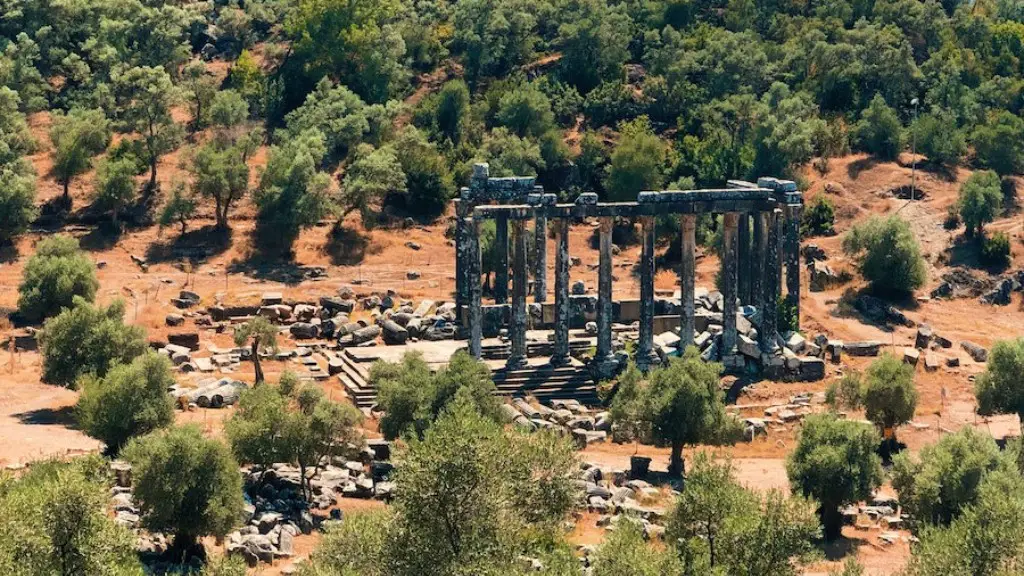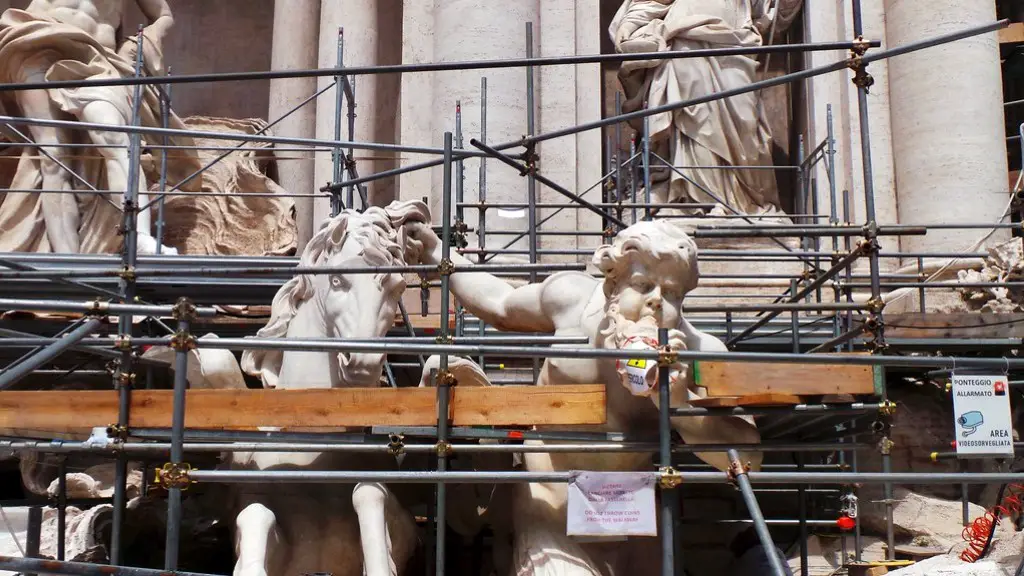The Roman Republic
The Roman Republic is one of the most important and influential civilizations in human history. It lasted from 509 BC to 27 BC and was a direct predecessor of the Roman Empire, which was formed in 27 BC. The Republic was centered in the city of Rome and its territory was divided into provinces and colonies. During its existence, Rome was the largest political power in the Mediterranean Basin, and its influence extended to parts of Europe, Africa, and Asia. It was characterized by strong military power, the implementation of a law code, and a complex system of government.
The Roman Republic was founded on the principles of republicanism and it was a representative democracy and highly centralized. The Roman assemblies were open to all citizens and debated the important issues of the day; however, most of the actual political power was in the hands of a small group of aristocrats known as the Senate.
Rome expanded its empire through a series of highly successful campaigns. Its armies eventually grew to become the most powerful and disciplined force in the known world. Rome’s success was due to its well-educated soldiers, strategic planning, technological prowess, and a well-developed system of supply and communication. The Republic used a variety of methods to keep its subjects in line, including taxation, generosity, religious intolerance, aggressive foreign policy, and the encouragement of free trade.
The people of Rome were also a very literate population. The famous poet and playwright Virgil wrote of the people’s love of education and literature. The Roman language Latin was widely used and had an influence on the development of European languages like Spanish, French, and Italian. During this era, Rome produced some of its most famous art, including sculptures, mosaics, and frescoes.
The Roman Republic is also renowned for its engineering feats. It was the first people to build large urban sewer systems, arches, and the famous roads which were used by the empire’s armies. Additionally, they developed the first urban market place, which sold everything from food to luxury goods. They were also the first to use concrete and developed the concept of the aqueduct for transporting water.
The Roman Republic was eventually supplanted by the Roman Empire in 27 BC. This ushered in a period of autocracy and a more efficient system of governance. It was during this period that much of the engineering, art, and literature we are familiar with today was created.
Gods and Religion
The people of the Roman Republic were deeply religious and believed in the existence of multiple gods. They believed that their gods controlled their destiny and provided them with guidance and protection in times of war and peace. The most powerful gods were the gods of the sky, Jupiter and Juno, who were believed to control the fate of the Republic. Additionally, the patron gods of Rome, Mars and Venus, had a special place in Roman worship. The gods of the underworld, Pluto and Proserpina, were also revered and associated with justice, wealth, and death.
The people of the Roman Republic practiced a variety of religious rituals, including sacrificing animals and burning incense. Additionally, they had a system of priests who were responsible for interpreting the will of the gods and administering religious affairs. This religious life was deeply intertwined with Roman politics and the Senate often consulted the priests prior to making decisions. Roman religion was also concerned with the afterlife and there was a belief in the afterlife judgement of the gods.
Religion was an integral part of Roman life and many of the important events were


